The stark reality behind elephant rides and attractions often marketed as “orphanages” or “sanctuaries” reveals a distressing narrative of physical and psychological abuse. A survey involving 13,000 participants highlighted a paradox: the primary motivation for engaging in elephant rides and shows stems from an “affection for animals.” However, this affection is contrasted by the cruelty these majestic creatures endure in captivity, aimed at entertaining tourists. This guide aims to unveil the harsh conditions and treatment of elephants in tourist attractions, advocating for their cessation and encouraging actions to protect these magnificent animals.
Asian Elephants
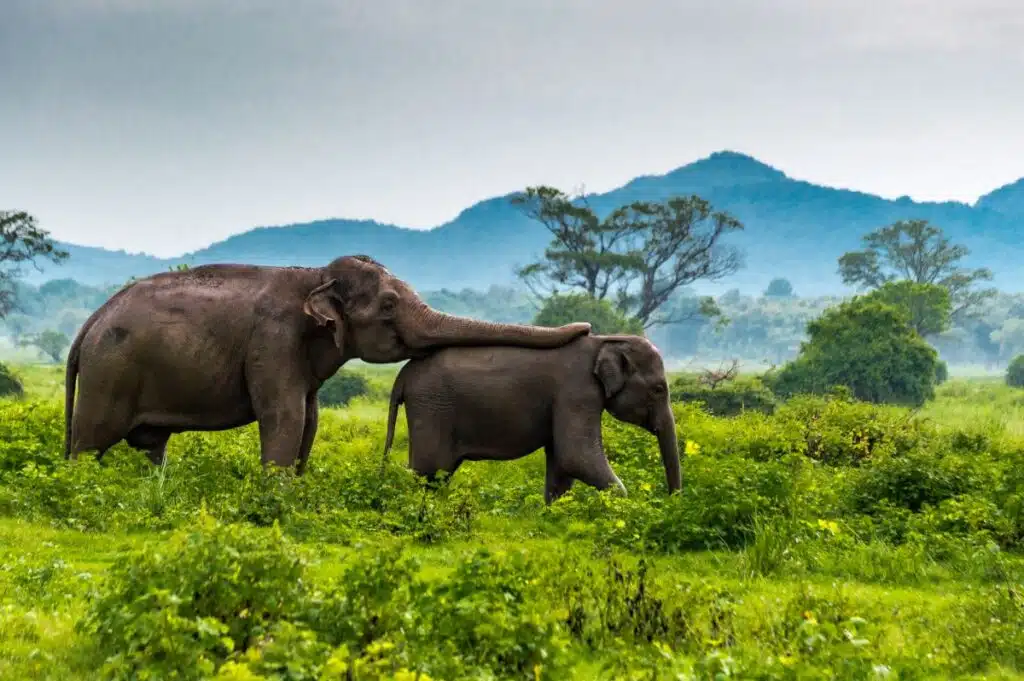
Image credit: Shutterstock / albertodelgadolopez
Asian elephants (Elephas maximus), distinguished from their African counterparts by smaller ears, a convex or level back, and, in some males, the presence of tusks, are a species of immense ecological, cultural, and conservation significance. Native to the diverse habitats of Southeast Asia, from India to Borneo, these majestic creatures play a critical role in maintaining the ecological balance of their environments. Despite their significance, Asian elephants are classified as endangered due to a range of pressing threats that jeopardize their survival.
Habitat and Distribution
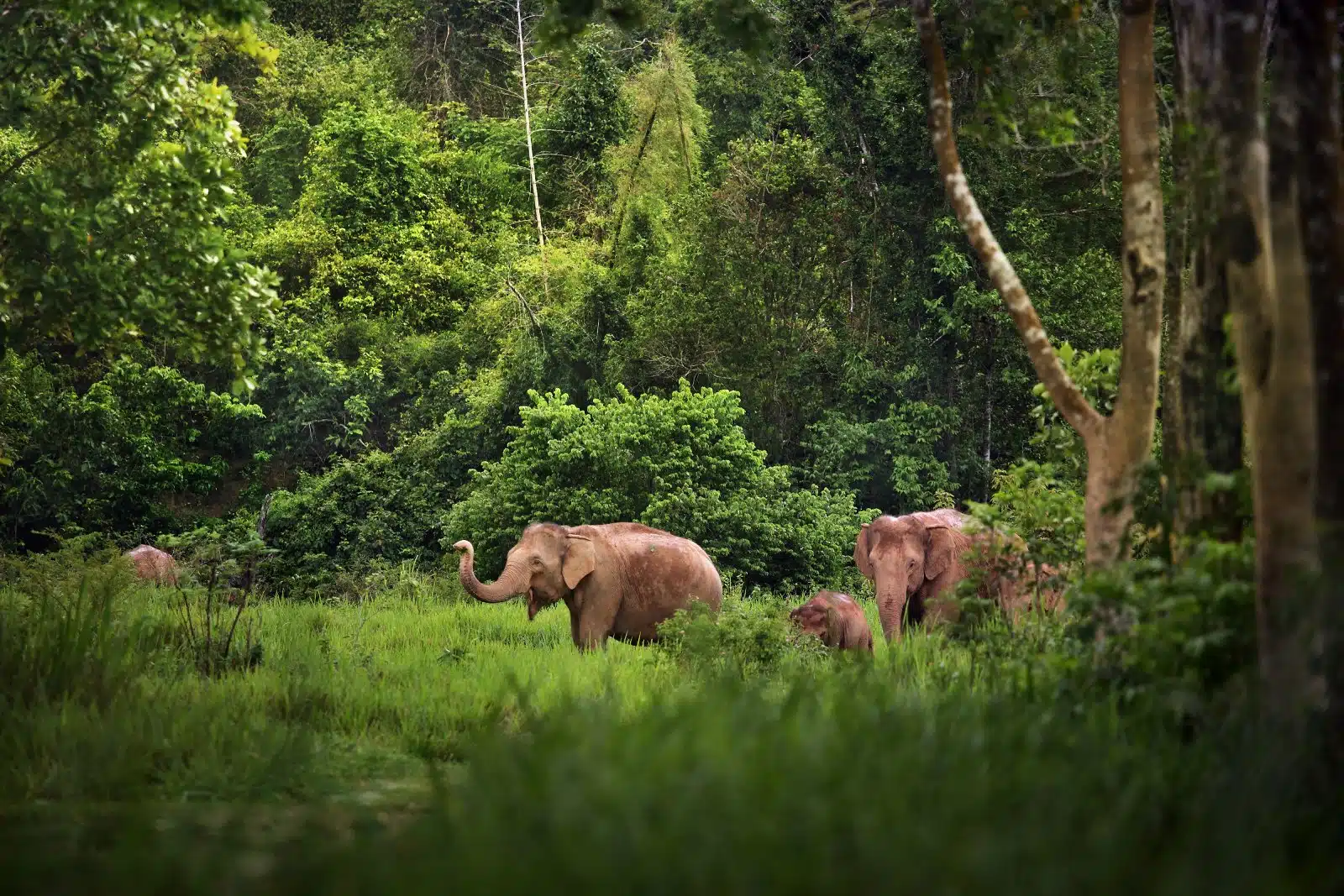
Image Credit: Shutterstock / duangnapa_b
Asian elephants inhabit various ecosystems, including grasslands, tropical evergreen forests, semi-evergreen forests, mixed deciduous forests, and cultivated and secondary forests and scrublands. Their distribution is highly fragmented, which is a significant factor contributing to their endangered status. Historically widespread across much of Asia, their range has contracted dramatically due to habitat loss and fragmentation.
Physical Characteristics
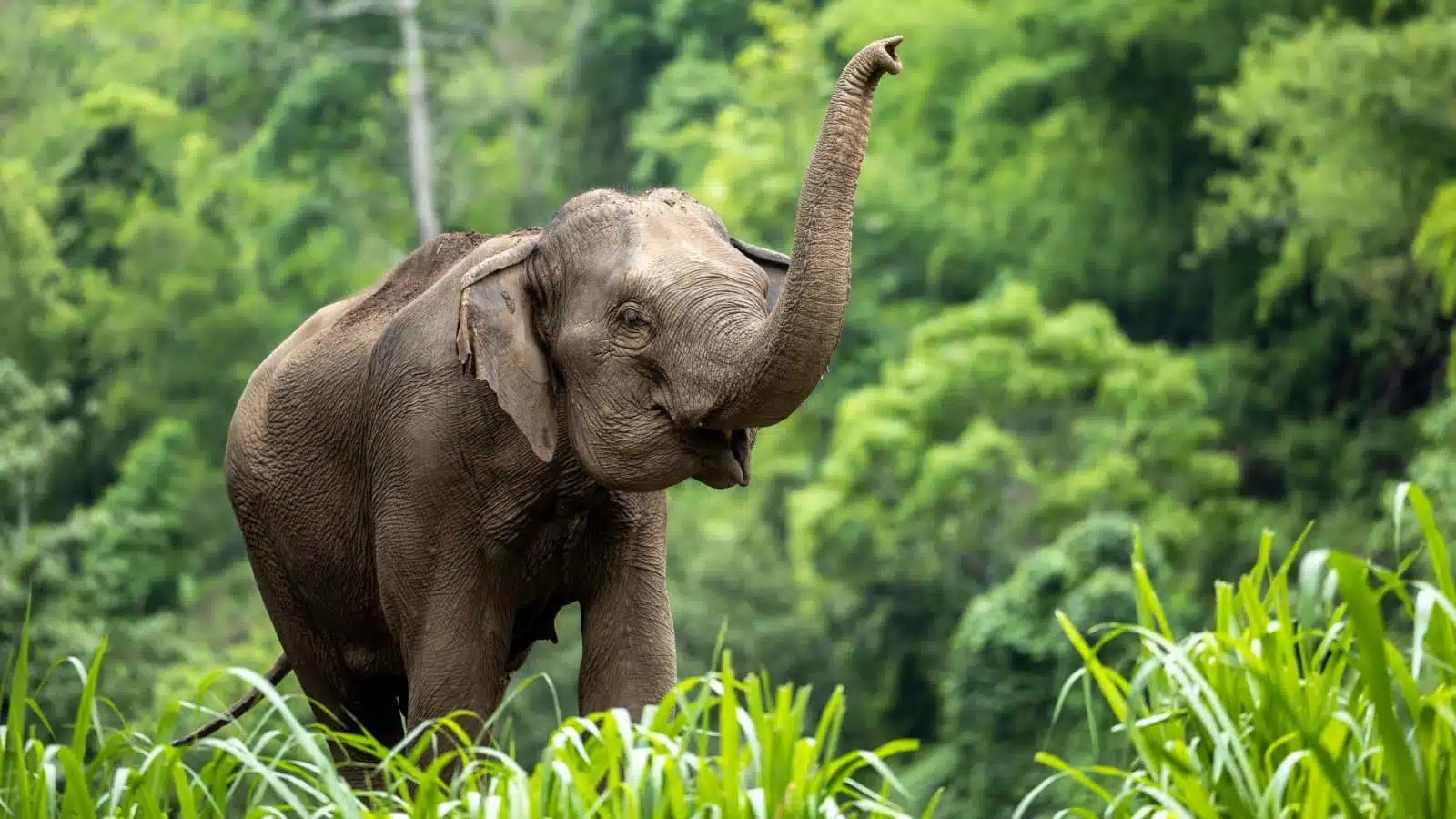
Image Credit: Shutterstock / Avigator Fortuner
Asian elephants are the largest land mammals on the Asian continent. Adult males can stand up to 2.75 meters (9 ft) tall at the shoulder and weigh between 2,000 to 5,000 kilograms (4,400 to 11,000 pounds), with females being smaller. Unlike African elephants, only some male Asian elephants have tusks, while females have tushes (small tusk-like structures) or none. Their highly dexterous and muscular trunks are essential for communication, foraging, and handling objects, including food.
Social Structure and Behavior
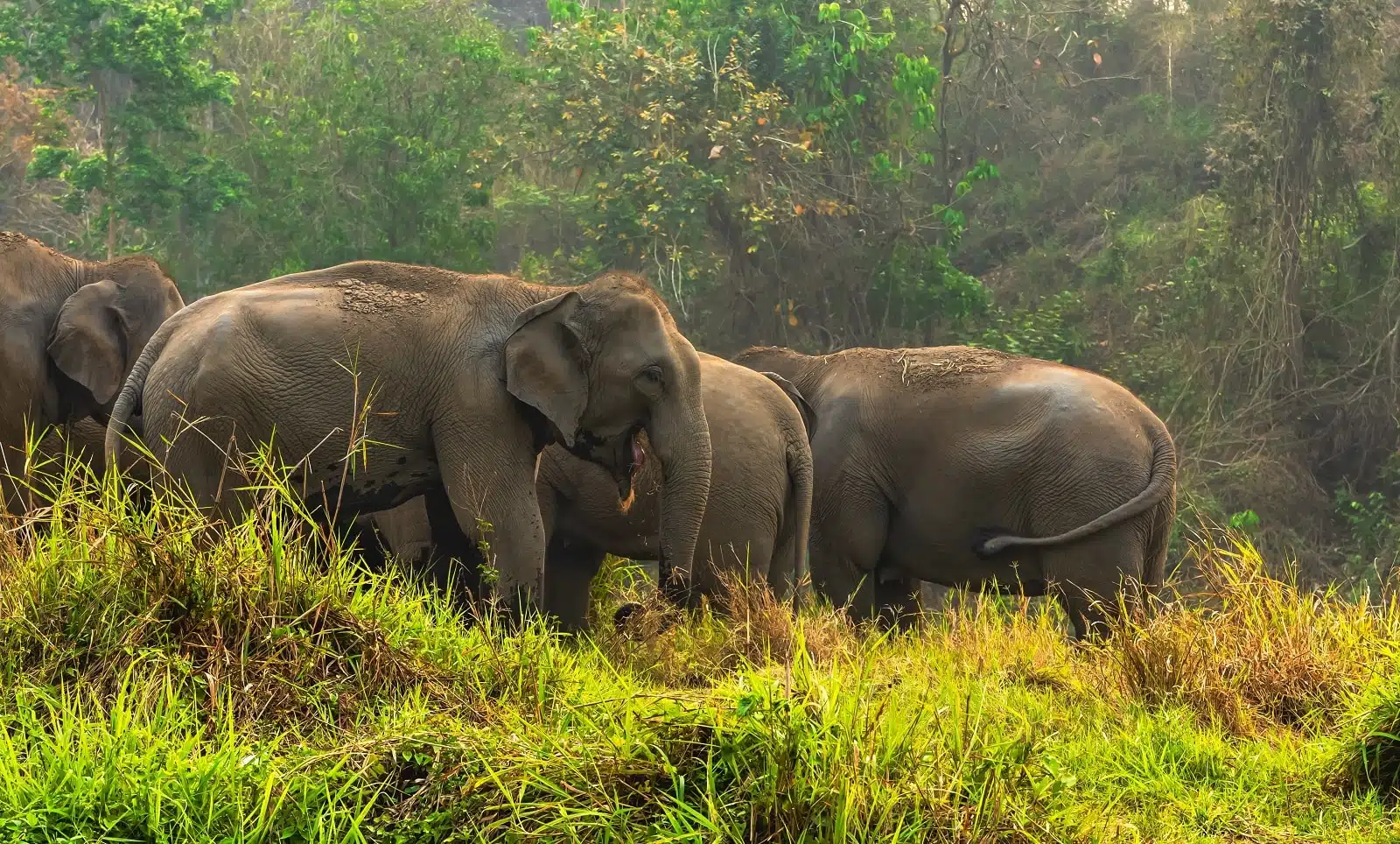
Image Credit: Shutterstock / Jacktamrong
Asian elephants are highly social animals, forming matriarchal societies led by the group’s oldest and often largest female. These herds comprise females and their offspring, while adult males tend to lead more solitary lives or form temporary bachelor groups. Communication among Asian elephants is complex, involving a range of vocalizations, body language, and even seismic signals.
Diet and Ecology
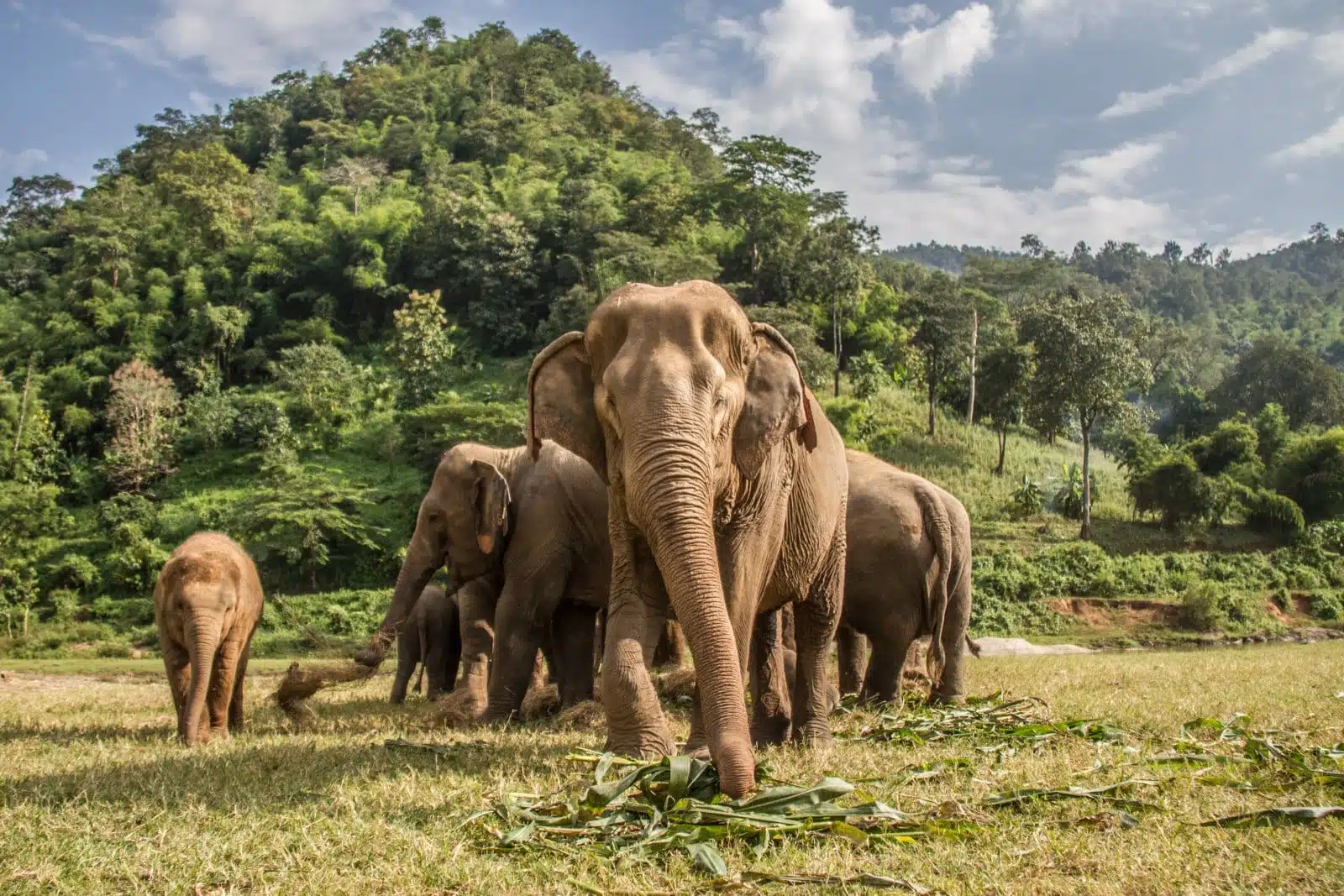
Image Credit: Shutterstock / Oriol Querol
As herbivores, Asian elephants play a crucial role in their ecosystems by facilitating the dispersal of seeds and contributing to the diversity of the forests in which they live. Their varied diet includes grasses, leaves, stems, bark, and fruit. Elephants travel great distances searching for food, which helps with seed dispersal across vast areas.
Conservation Status
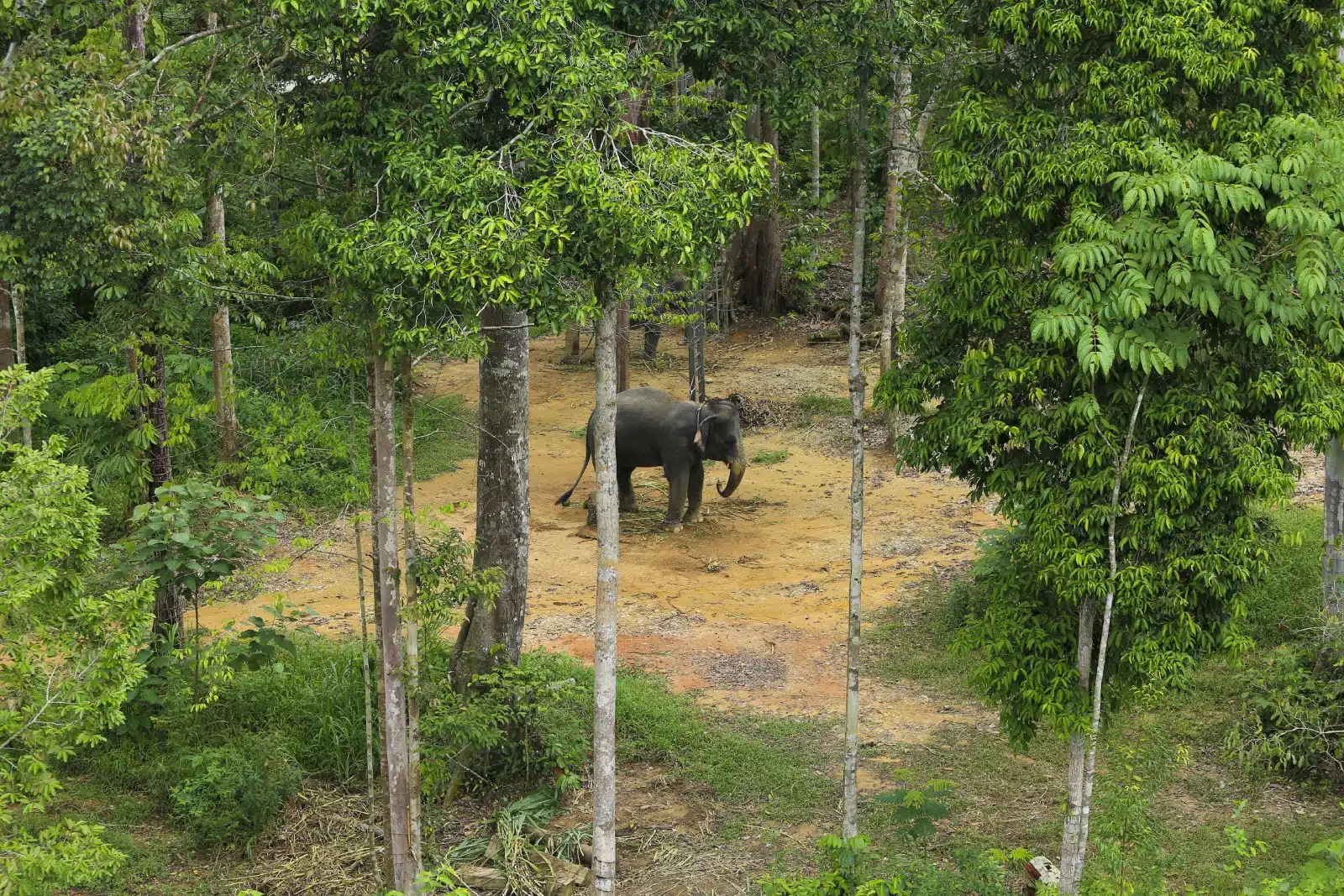
Image Credit: Shutterstock / Abdul Razak Latif
The Asian elephant is classified as Endangered on the IUCN Red List of Threatened Species. The primary threats to their survival include habitat loss, degradation, and fragmentation, driven by expanding human populations and land conversion for agriculture and development. Poaching for ivory, skin, and other body parts, despite being less widespread than in Africa, poses an additional threat, particularly to tusked males. Human-elephant conflict is also a significant conservation challenge, as elephants and humans increasingly compete for land and resources.
Conservation Efforts

Image Credit: Shutterstock / Nuamfolio
Conservation efforts for Asian elephants involve habitat protection and restoration, mitigation of human-elephant conflicts, anti-poaching measures, and legal protection. International cooperation and the involvement of local communities are crucial for the effective conservation of Asian elephants. Projects aimed at securing elephant corridors, promoting coexistence strategies, and enhancing the legal protection of elephants and their habitats are among the key initiatives to ensure this iconic species’ survival.
The Asian elephant is a species of great importance to Asia’s ecological, cultural, and natural heritage. Ensuring their survival requires concerted conservation efforts, international collaboration, and a commitment to sustainable development and coexistence between humans and elephants.
Don’t Ride Elephants! Why?
Abducted From Their Mothers
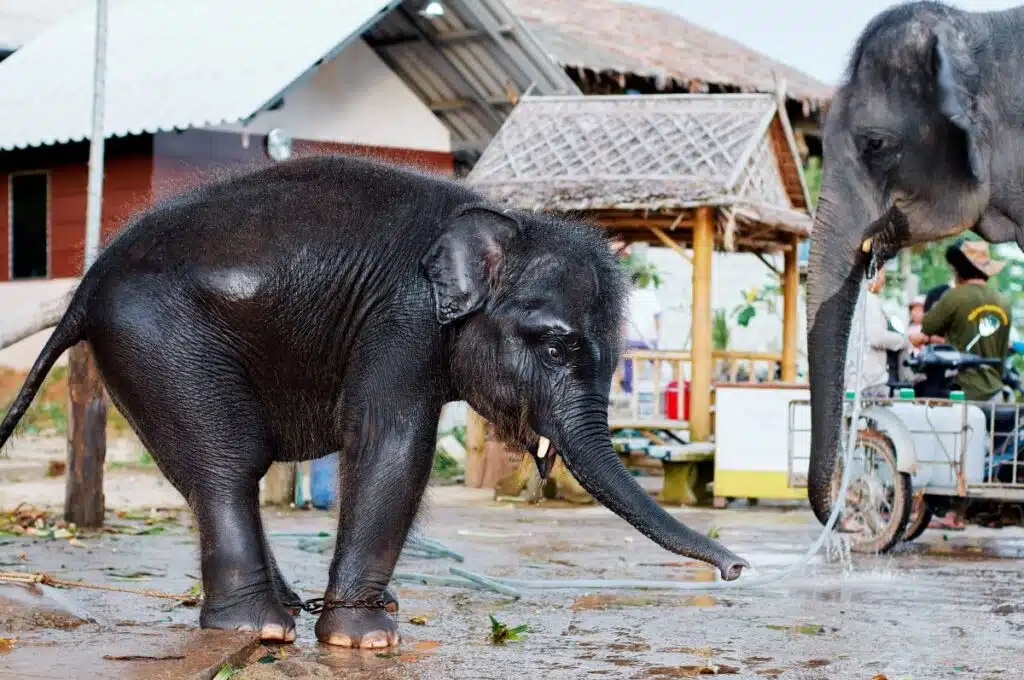
Image caption: Shutterstock / kudla
Elephant calves remain with their protective mothers and family units for years, forming deep familial bonds. Contrarily, the young elephants destined for tourist entertainment are forcibly separated from their mothers, a traumatic process aimed at breaking their spirit and independence. This early separation not only inflicts immediate emotional distress but also has long-lasting psychological effects on both the calves and their mothers.
Pitiless ‘Training’
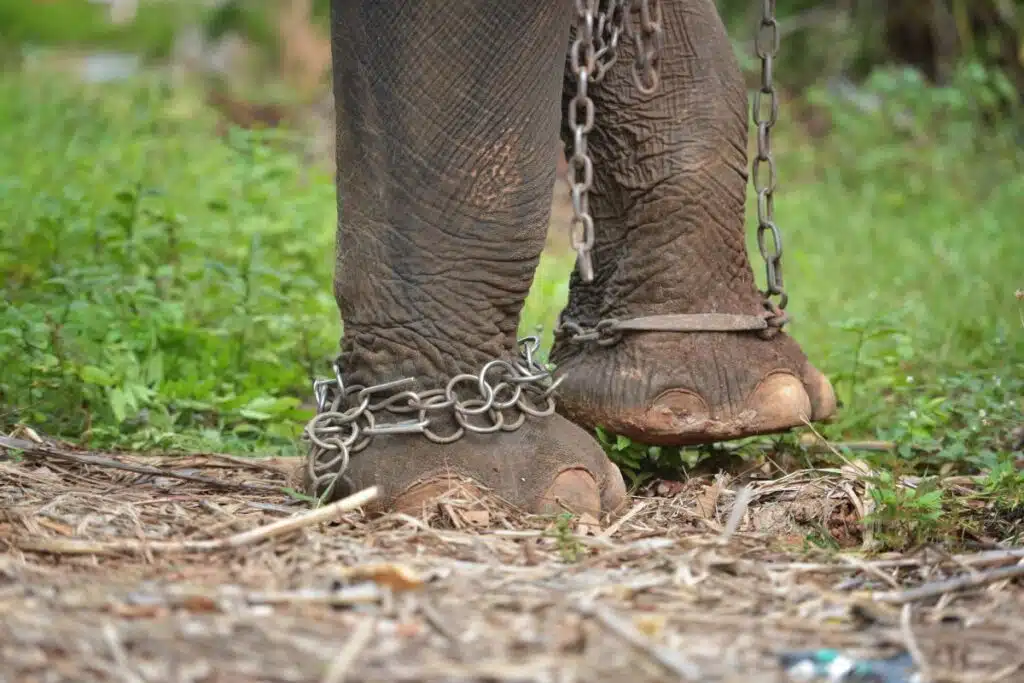
Image credit: Shutterstock / Somchai_Stock
These young elephants’ so-called “training” called the pajaan involves brutal methods to break their will. Calves are restrained and subjected to repeated beatings with bullhooks and other tools, instilling a deep fear of punishment and forcing compliance. This process is not only inhumane but fundamentally alters the natural behavior of these sentient beings, leaving them in a perpetual state of fear and submission.
Physical and Psychological Trauma
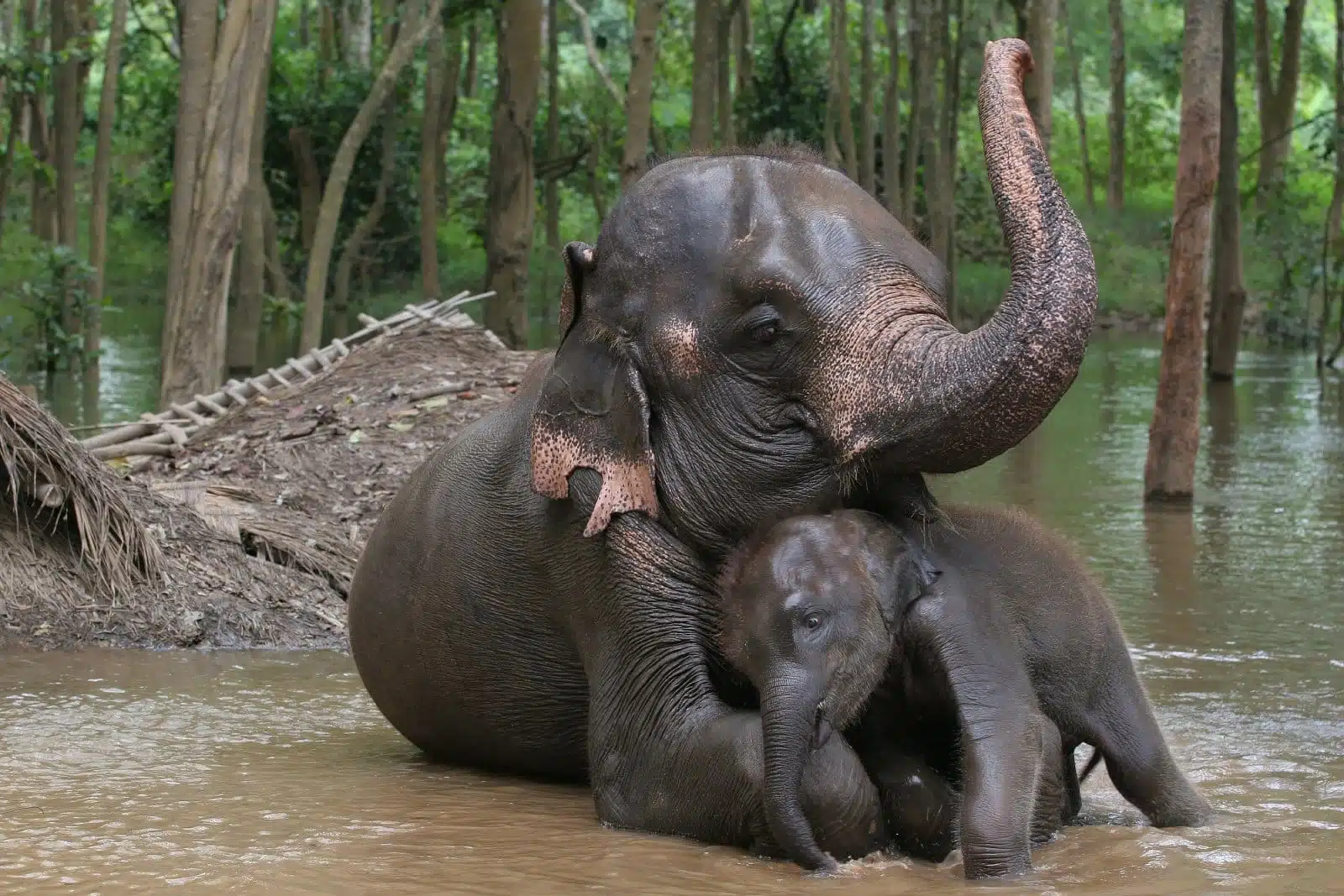
Image Credit: Shutterstock / Sukpaiboonwat
Elephants undergoing this cruel “breaking” process often exhibit symptoms akin to post-traumatic stress disorder (PTSD), a condition not confined to humans. The psychological scars inflicted through such training methods are profound, affecting the elephants’ well-being and behavior long after healing the physical wounds.
Deprived Life
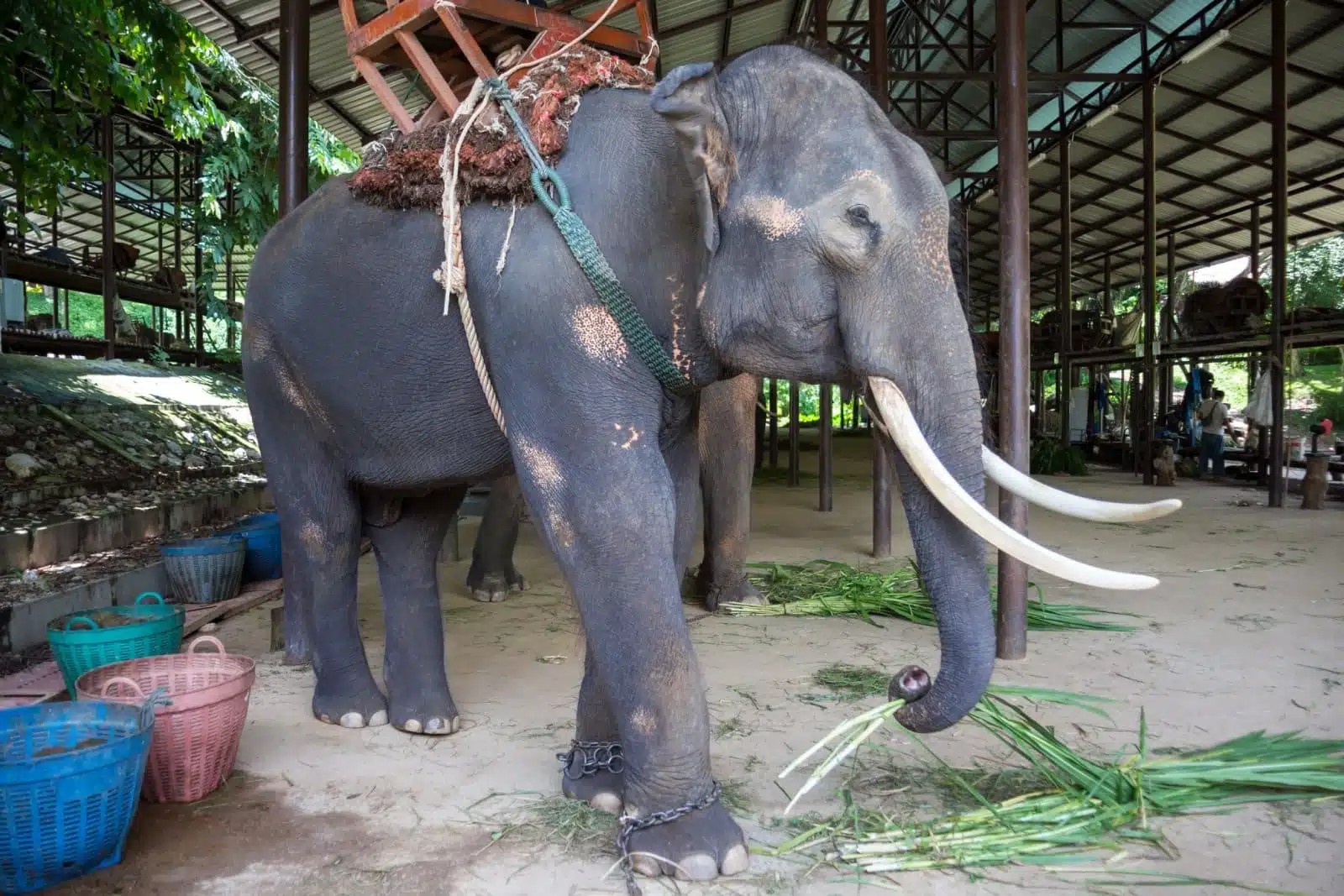
Image Credit: Shutterstock / taromanaiai
In their natural habitats, elephants lead complex social lives, roaming extensive territories and engaging in rich social interactions. Captivity strips them of these fundamental needs, confining them to limited spaces, often in isolation or under unnatural social groupings. They are deprived of the ability to engage in natural behaviors such as foraging, bathing, and socializing freely, leading to a life far removed from their natural existence.
Lack of Proper Care
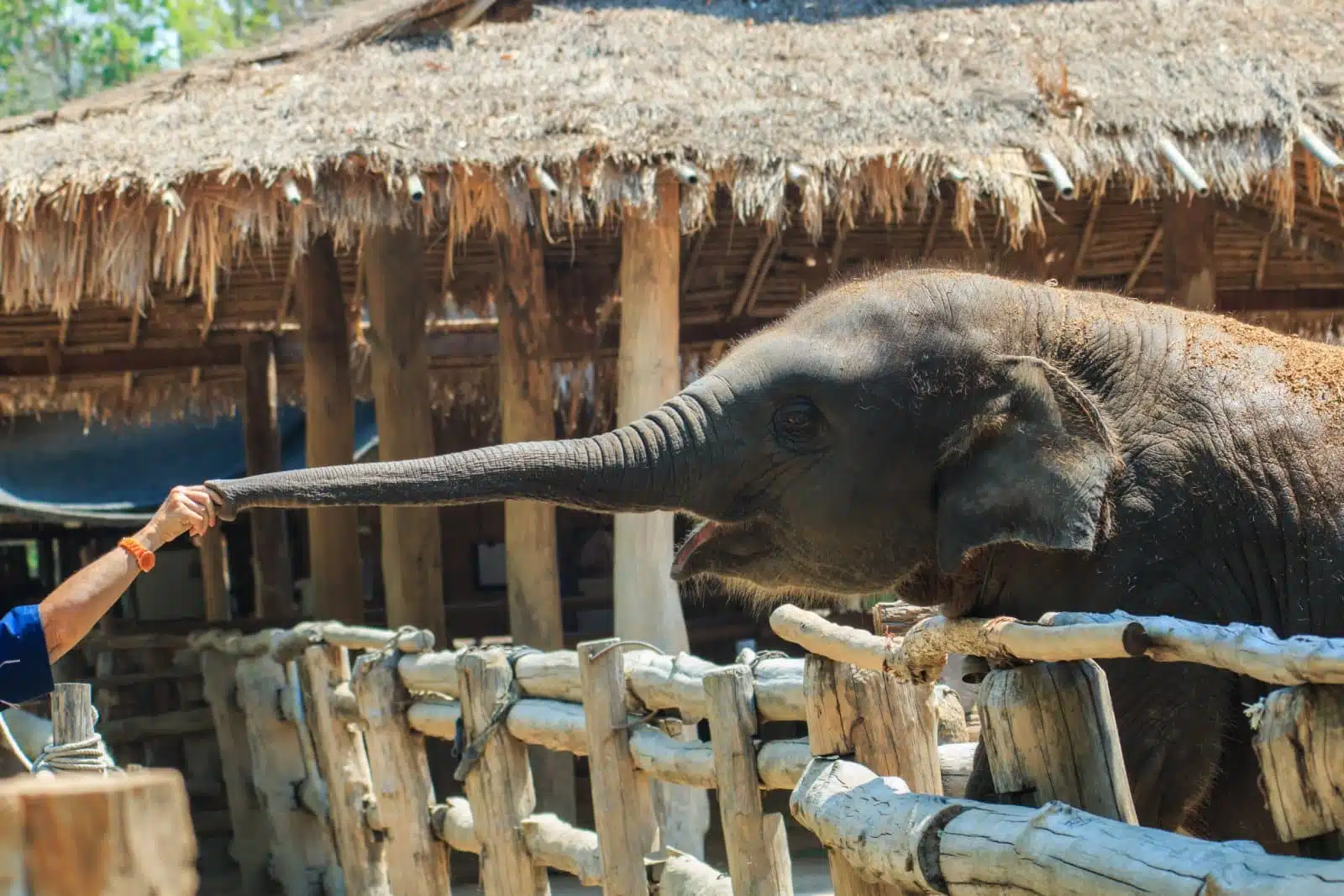
Image Credit: Shutterstock / wanida tubtawee
The care provided to captive elephants often falls significantly short of their needs. They may be denied adequate nutrition, water, and essential veterinary care, particularly for foot and joint issues arising from prolonged periods of standing on hard surfaces and carrying heavy loads. Such neglect not only exacerbates their suffering but can also lead to premature death.
Untimely Deaths
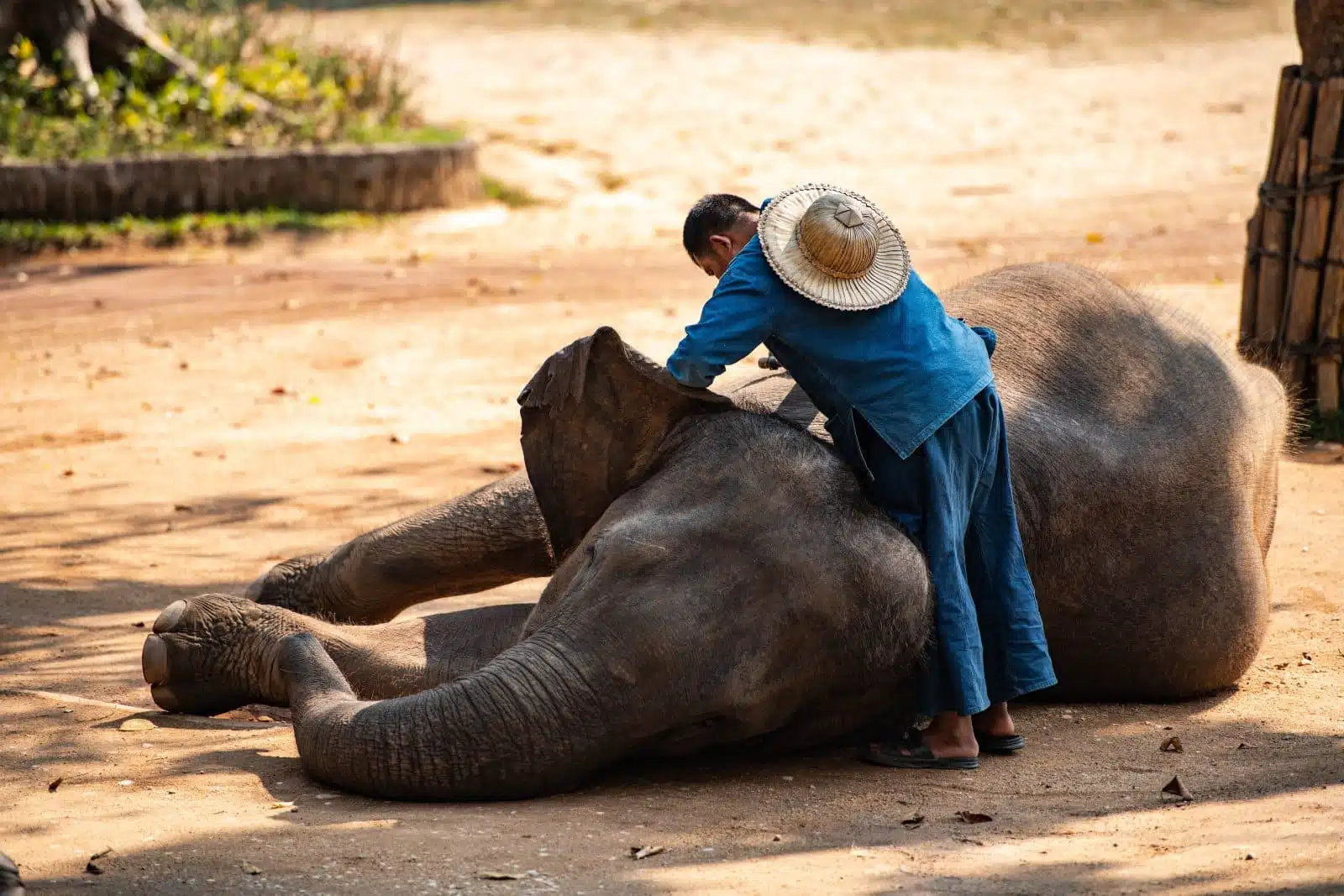
Image Credit: Shutterstock / WOSUNAN
The unnatural conditions of captivity, including inadequate exercise and prolonged standing on hard surfaces, contribute significantly to health issues in elephants, such as severe foot problems and arthritis. These conditions often lead to premature deaths, cutting short the lives of these majestic animals by decades compared to their expected lifespan in the wild. The story of Sambo, an elephant who died from a heart attack after being forced to carry tourists in Siem Reap, Cambodia, is a stark reminder of the physical toll these practices take on elephants.
Frustrated Elephants
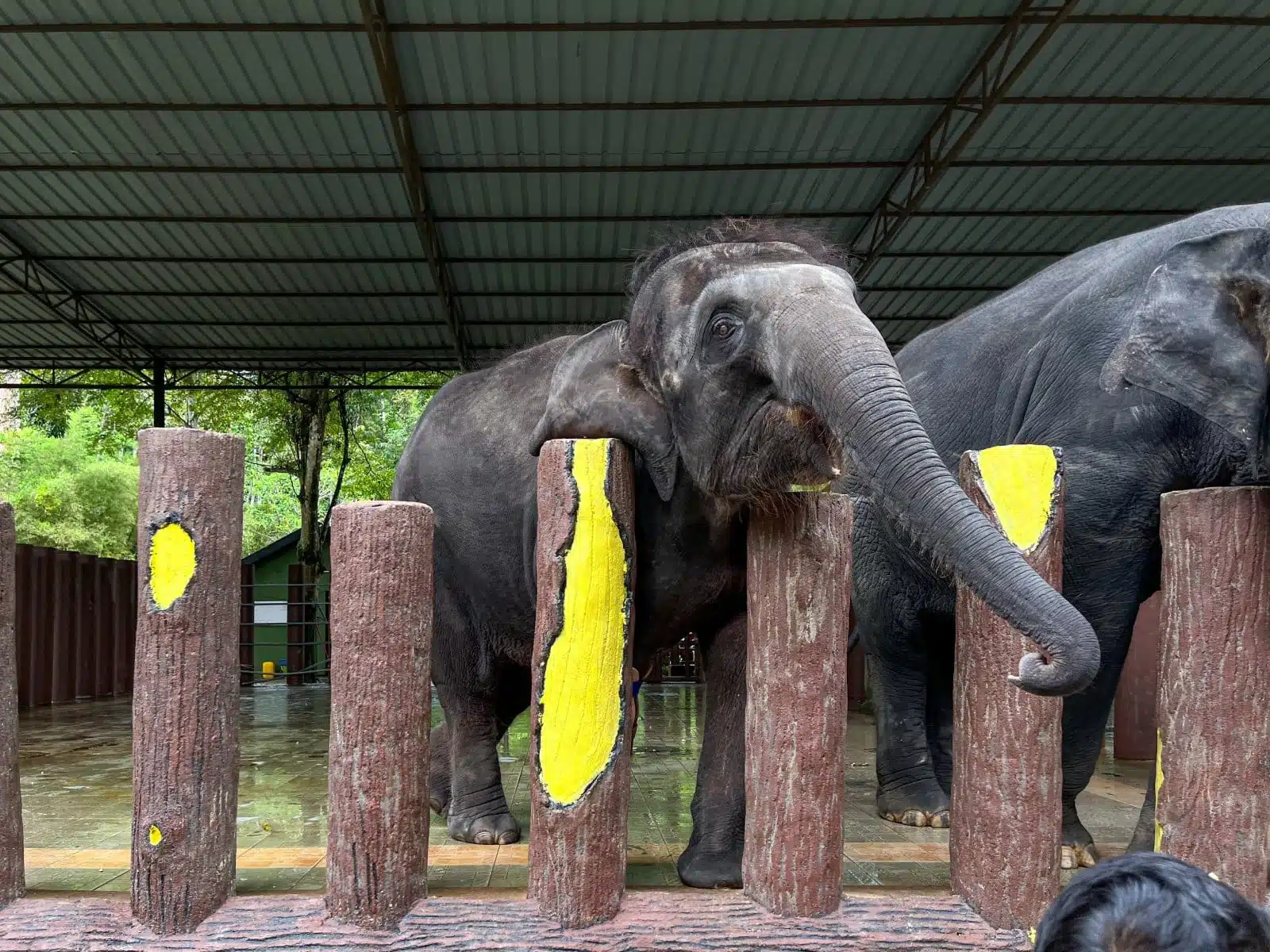
Image Credit: Shutterstock / Herriyanti binti Bakri
The violent methods used to force elephants into submission for rides, painting, or performing demeaning tricks can lead to tragic outcomes. There are instances where elephants, pushed to their limits, have retaliated against their handlers or tourists. These incidents are grim examples of the stress and frustration experienced by these animals, underscoring the inherent dangers of exploiting wild animals for entertainment.
Tourists at Risk
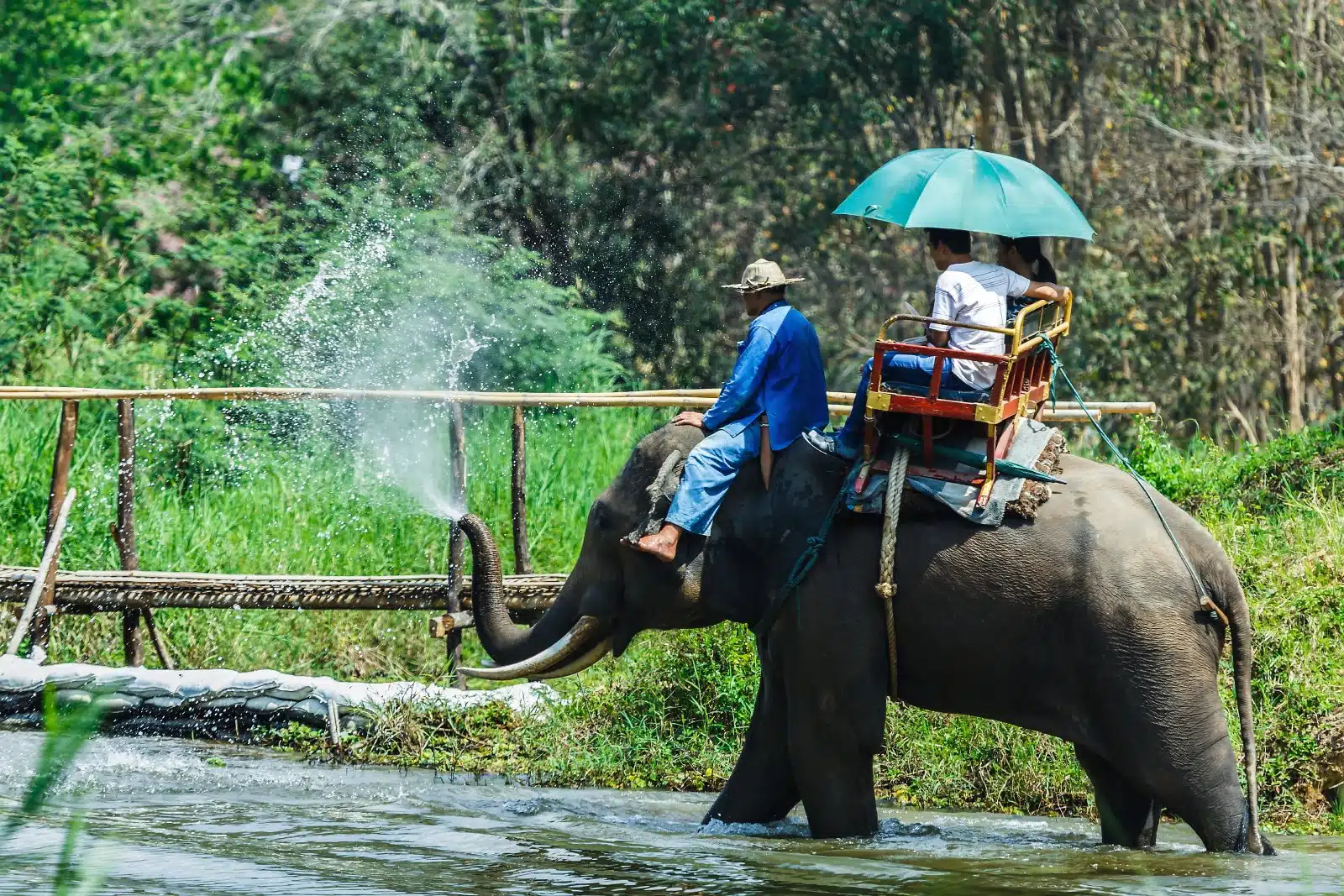
Image Credit: Shutterstock / boyphare
The unpredictable nature of distressed elephants also poses significant risks to those who ride them. There have been cases where elephants, unable to bear the strain of captivity and exploitation, have lashed out, resulting in injuries or even fatalities among tourists. Such incidents highlight the potential dangers involved in elephant rides, questioning the safety and ethics of these attractions.
Mythical “Sanctuaries”
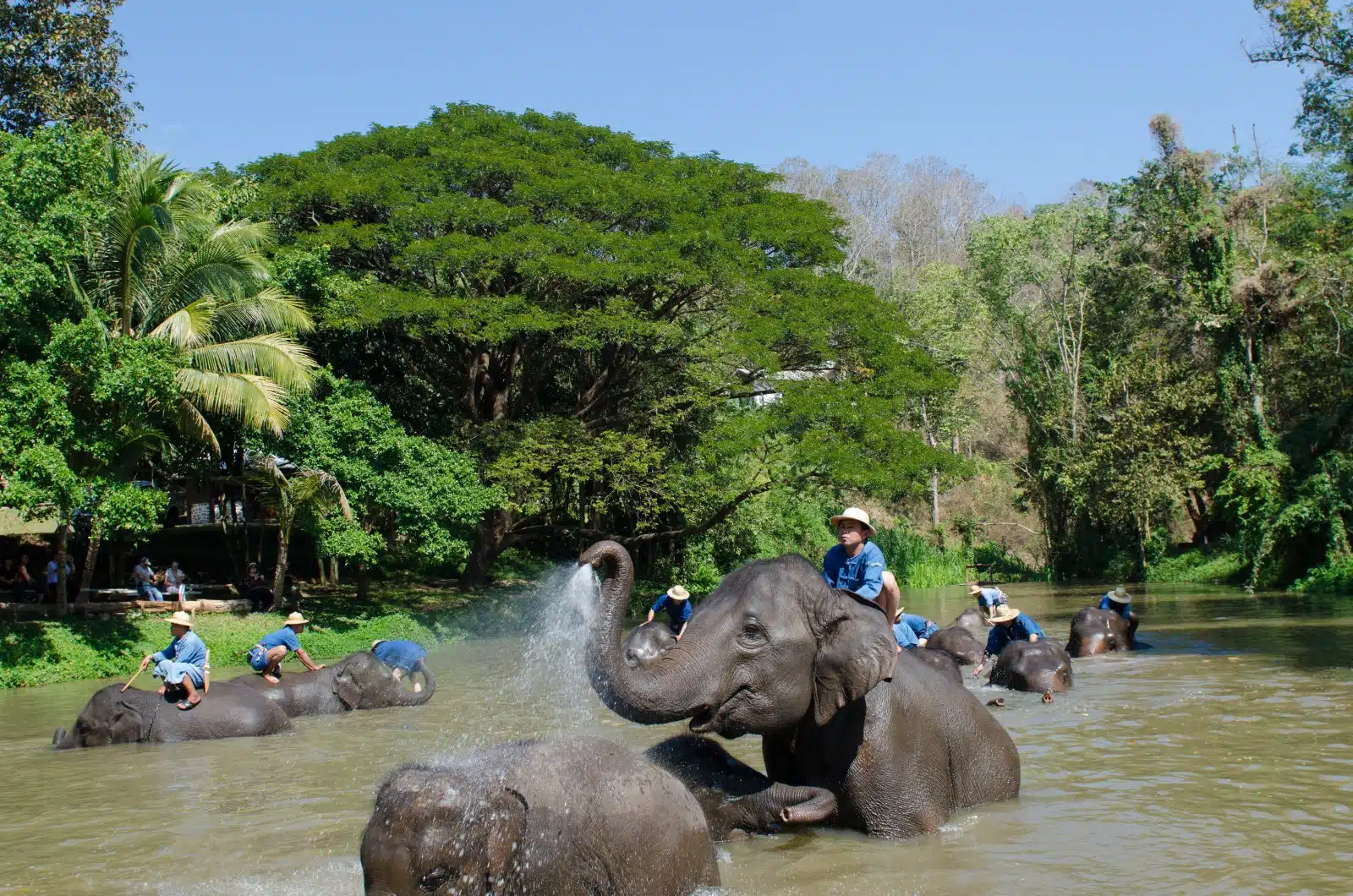
Image Credit: Shutterstock / TippaPatt
Many facilities operating under the guise of “rescues” or “sanctuaries” continue to employ the same cruel training methods and deprivation as those used by explicitly entertainment-focused businesses. These establishments often mislead the public into believing their activities benefit the elephants, obscuring the reality of the animals’ suffering and exploitation.
Abusive Cycle
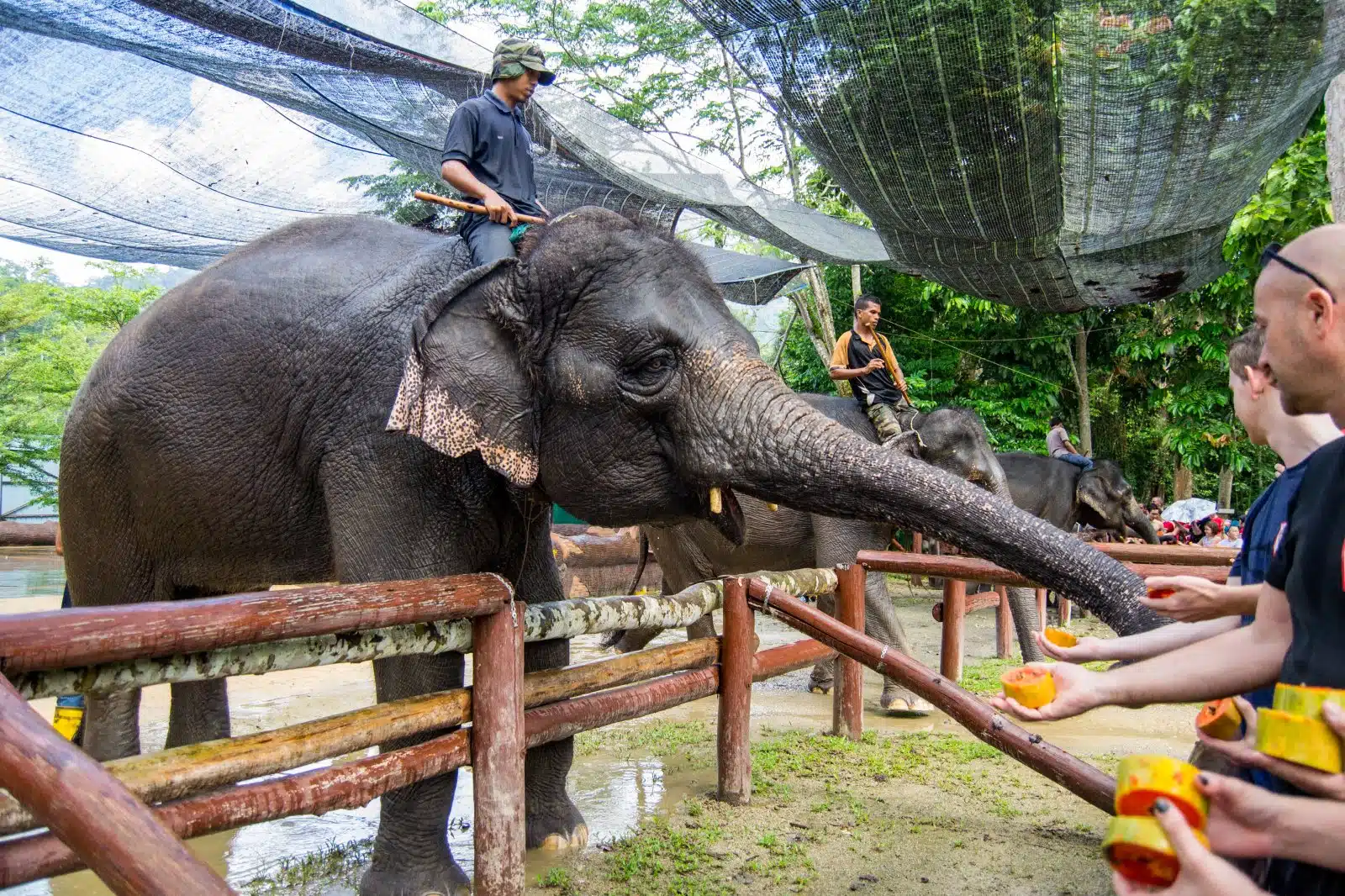
Image Credit: Shutterstock / Genia
The continued demand for elephant rides and related attractions perpetuates a cycle of abuse. Tourists’ financial support fuels the capture, training, and exploitation of more elephants, sustaining a market built on animal suffering. Recognizing the direct link between consumer choices and the welfare of these animals is crucial in breaking this cycle.
Stand up for Elephants
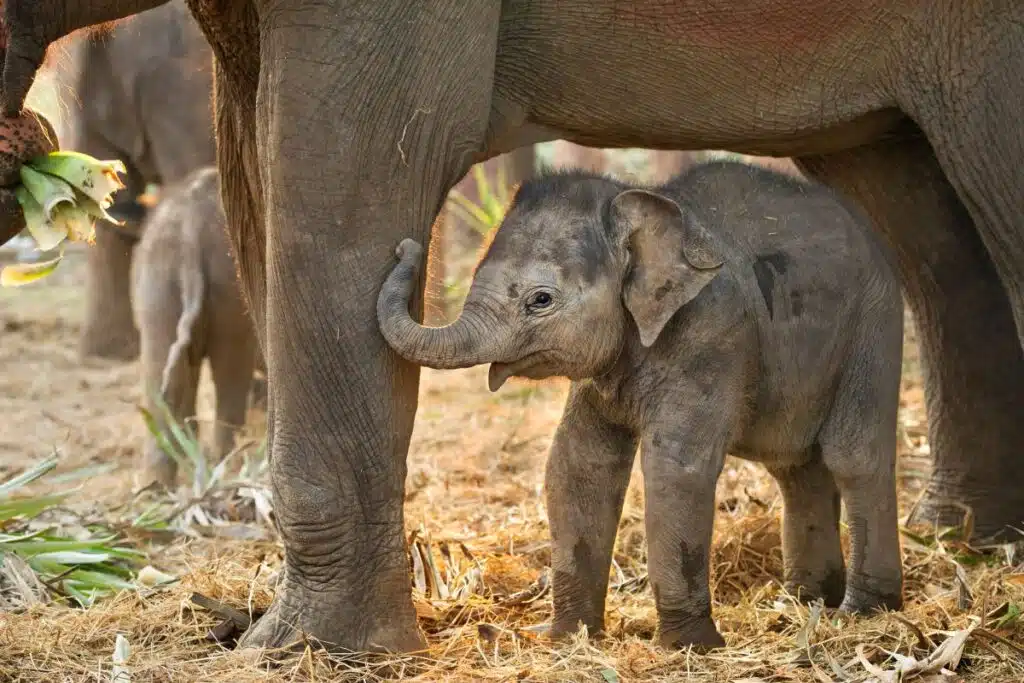
Image credit: Shutterstock / worradirek
It’s imperative to advocate for the ethical treatment of elephants and support genuine conservation efforts that prioritize their well-being. By choosing not to participate in elephant rides or visit attractions that exploit these animals, you can help diminish the demand that drives their mistreatment. Instead, support organizations and sanctuaries that contribute to the conservation and rehabilitation of elephants, offering them a life as close to their natural habitat as possible.
Recognizing an Ethical Elephant Sanctuary
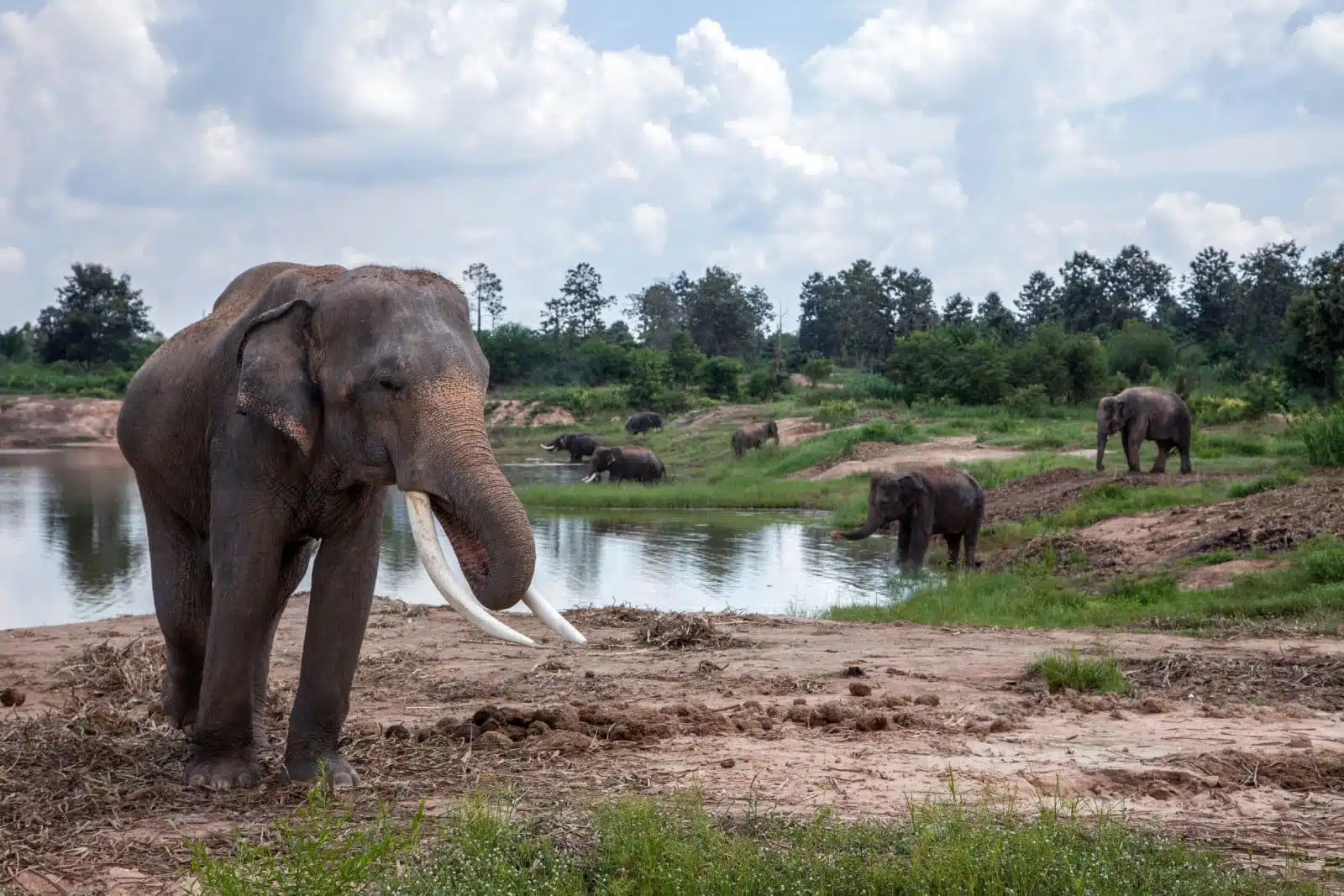
Image Credit: Shutterstock / Ninja SS
Recognizing an ethical sanctuary is crucial for ensuring your support contributes positively to animal welfare and conservation. Ethical sanctuaries play a vital role in rescuing, rehabilitating, and, where possible, releasing animals back into their natural habitats. They prioritize the well-being of the animals over visitor entertainment. Here are key factors to consider when determining if a sanctuary is ethical:
- Animal Welfare First
An ethical sanctuary puts the physical and psychological well-being of its animals above all else. This means ample space for each animal to roam, socialize, and engage in natural behaviors. Look for sanctuaries that provide environments resembling the animals’ natural habitats, with minimal to no interaction between animals and visitors to prevent stress and ensure the animals’ comfort.
- No Exploitative Activities
Ethical sanctuaries do not engage in activities that exploit animals for entertainment or profit. This includes riding, performances, or any form of interaction that causes animal stress or harm. Photography with animals should also be non-intrusive and conducted in a way that does not affect their well-being.
- Rescue and Rehabilitation Focus
The primary mission of an ethical sanctuary should be the rescue, rehabilitation, and protection of animals. Many sanctuaries are home to animals rescued from circuses, illegal trade, or abusive situations. The goal should always be to provide these animals with a safe and nurturing environment.
- Transparency and Education
A genuine sanctuary operates transparently, providing clear information about their work, the origin of their animals, and their long-term goals. They often have educational programs to raise awareness about conservation issues, the species they protect, and the challenges of wildlife protection. Ethical sanctuaries encourage responsible wildlife interactions and promote conservation efforts.
- Sustainable Practices
Ethical sanctuaries implement sustainable practices in their operations, including using renewable energy sources, waste reduction, and water conservation. They strive to minimize their environmental footprint while maximizing their conservation impact.
- Professional Care
Animals in ethical sanctuaries receive care from qualified professionals, including veterinarians, behaviorists, and animal welfare experts. This ensures that all animals receive appropriate diets, medical care, and enrichment activities to promote their physical and mental health.
- No Breeding Policy
Most ethical sanctuaries have a strict no-breeding policy to prevent the commercial trade of animals. Instead, they focus on providing lifelong care to the animals they rescue. In cases where breeding occurs, it is typically part of a legitimate, scientifically endorsed conservation program aimed at species preservation.
- Support and Affiliations
Look for sanctuaries supported by or affiliated with reputable conservation organizations and adhere to international animal welfare standards. Recognition by or partnerships with global wildlife conservation networks can be a good indicator of an ethical operation.
- Visitor Guidelines
Ethical sanctuaries have strict guidelines for visitors to ensure minimal impact on the animals. These guidelines often include rules about noise levels, appropriate distances from animals, and prohibitions on feeding or touching the animals.
- Positive Reviews and Endorsements
Finally, look for positive reviews and endorsements from previous visitors and conservation experts. Word of mouth, social media, and travel forums can provide insights into the experiences of others and help you gauge the sanctuary’s reputation.
By considering these factors, you can make informed decisions about which sanctuaries to support, ensuring your visit or donation contributes to the ethical treatment and conservation of animals.
The Bottom Line

Image credit: Shutterstock / I AM JIFFY
The allure of interacting with elephants is understandable, but the hidden cost of such experiences is too great to ignore. By informing yourself and making ethical travel choices, you can contribute to a future where elephants are respected and free from exploitation. Let your actions reflect a commitment to conservation and ethical treatment of all animals, ensuring that your travel experiences are responsible and compassionate.
More From The Green Voyage
Top 10 Trending Travel Destinations 2024
6 Essential Banking Apps for International Travel – Managing Your Finances on the Go
Traveling With Kids – 10 Tips to Create Memorable Family Holidays
The post The Cruelty Behind Elephant Rides – Why They Should Be Removed From Your Travel Bucket List first appeared on The Green Voyage.
Featured Image Credit: Shutterstock / jiraphoto.
For transparency, this content was partly developed with AI assistance and carefully curated by an experienced editor to be informative and ensure accuracy.
Tips for Trip Success
Book Your Flight
Find an inexpensive flight by using Kayak, a favorite of ours because it regularly returns less expensive flight options from a variety of airlines.
Book Your Hotel or Special Accommodation
We are big fans of Booking.com. We like their review system and photos. If we want to see more reviews and additional booking options, we go to Expedia.
You Need Travel Insurance!
Good travel insurance means having total peace of mind. Travel insurance protects you when your medical insurance often will not and better than what you get from your credit card. It will provide comprehensive coverage should you need medical treatment or return to the United States, compensation for trip interruption, baggage loss, and other situations.Find the Perfect Insurance Plan for Your Trip
